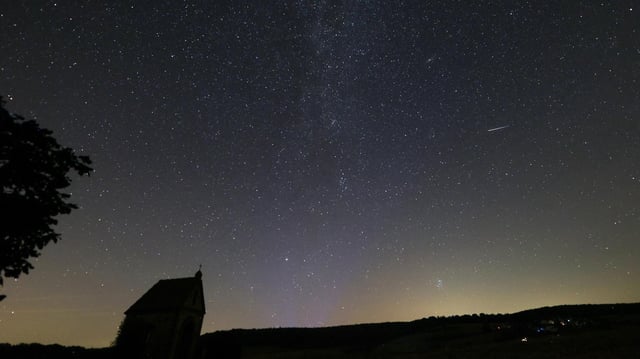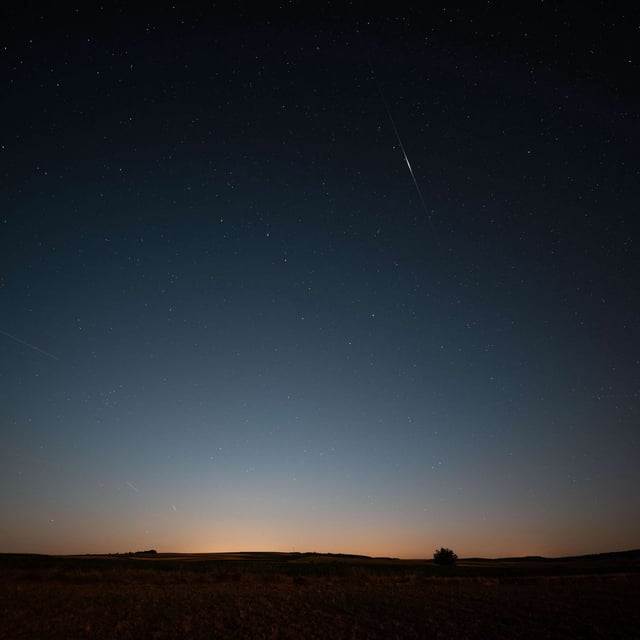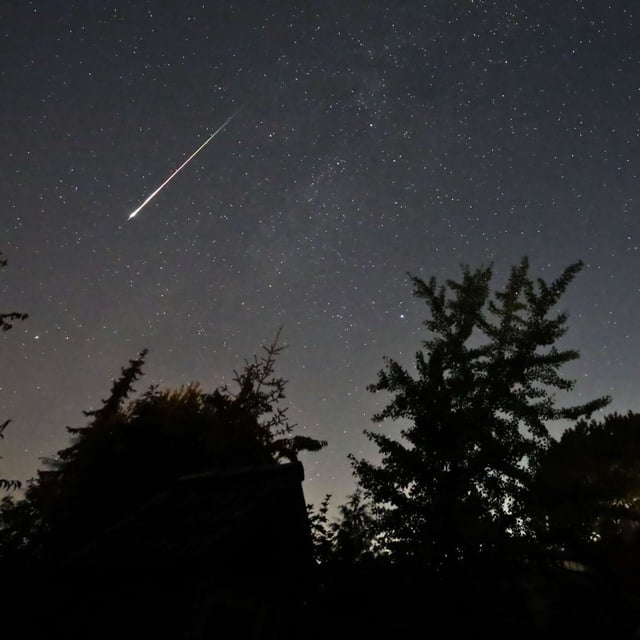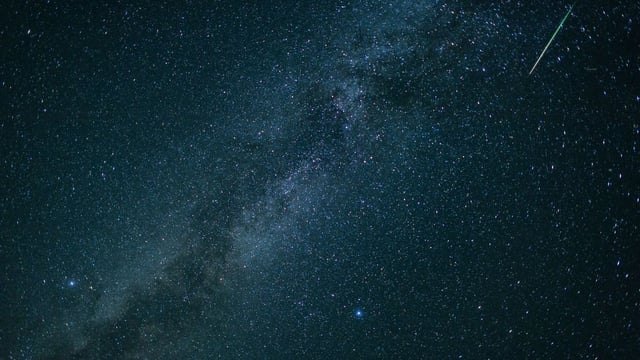Overview
- The meteor shower reached its expected maximum on the night of 12–13 August but bright moonlight significantly reduced the visibility of many Perseids.
- The German Weather Service forecast mostly clear skies in central and southern Germany, while northern regions saw increased cloud cover during the peak night.
- Astronomers advise viewers to scan the sky before moonrise or to seek out dark, low-light locations to improve chances of spotting fainter meteors.
- The Perseids remain active through about 24 August, offering additional opportunities to observe the stream beyond its peak.
- No telescopes or binoculars are needed; observers should lie back to scan a wide expanse of sky and allow their eyes to adapt to the dark.



